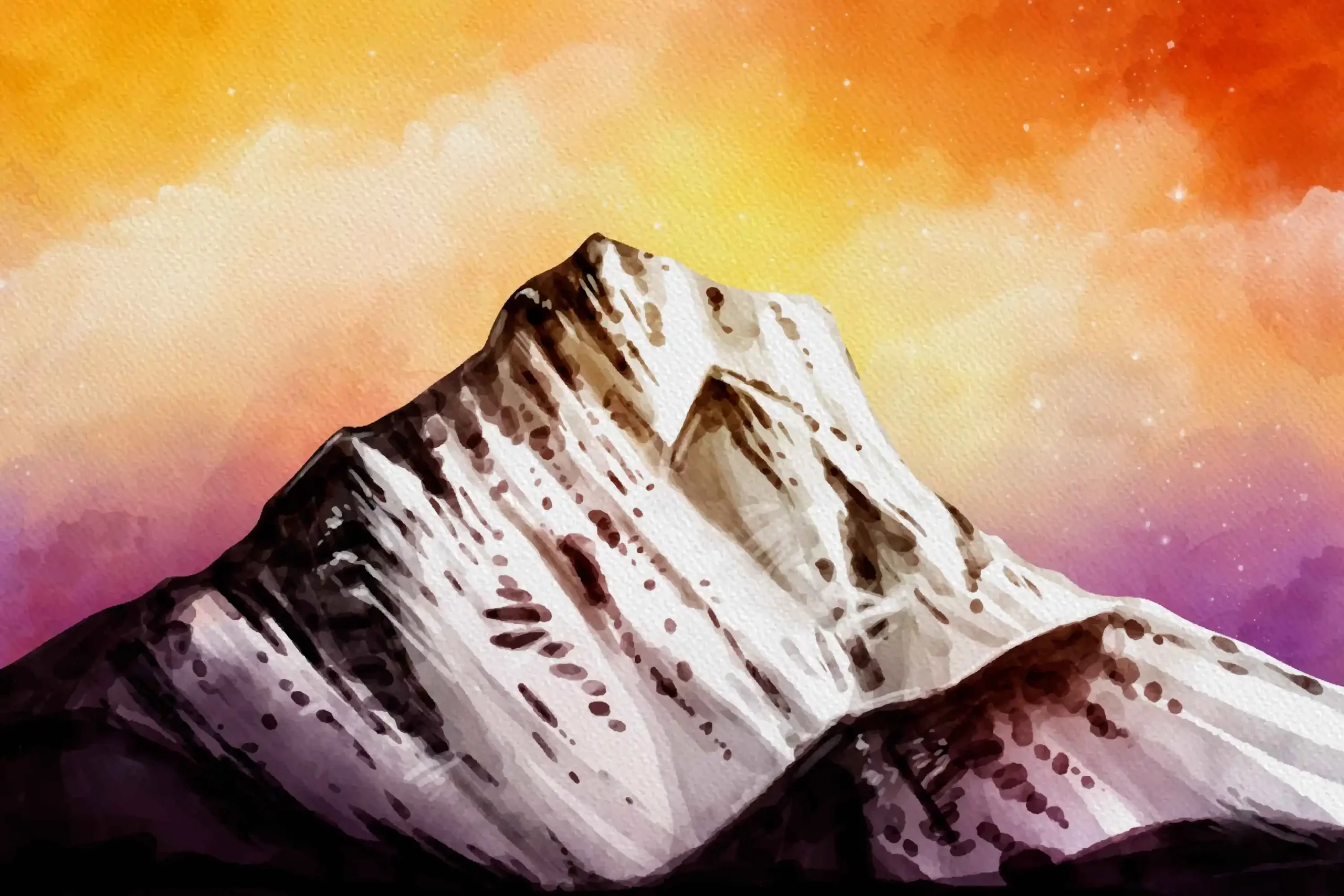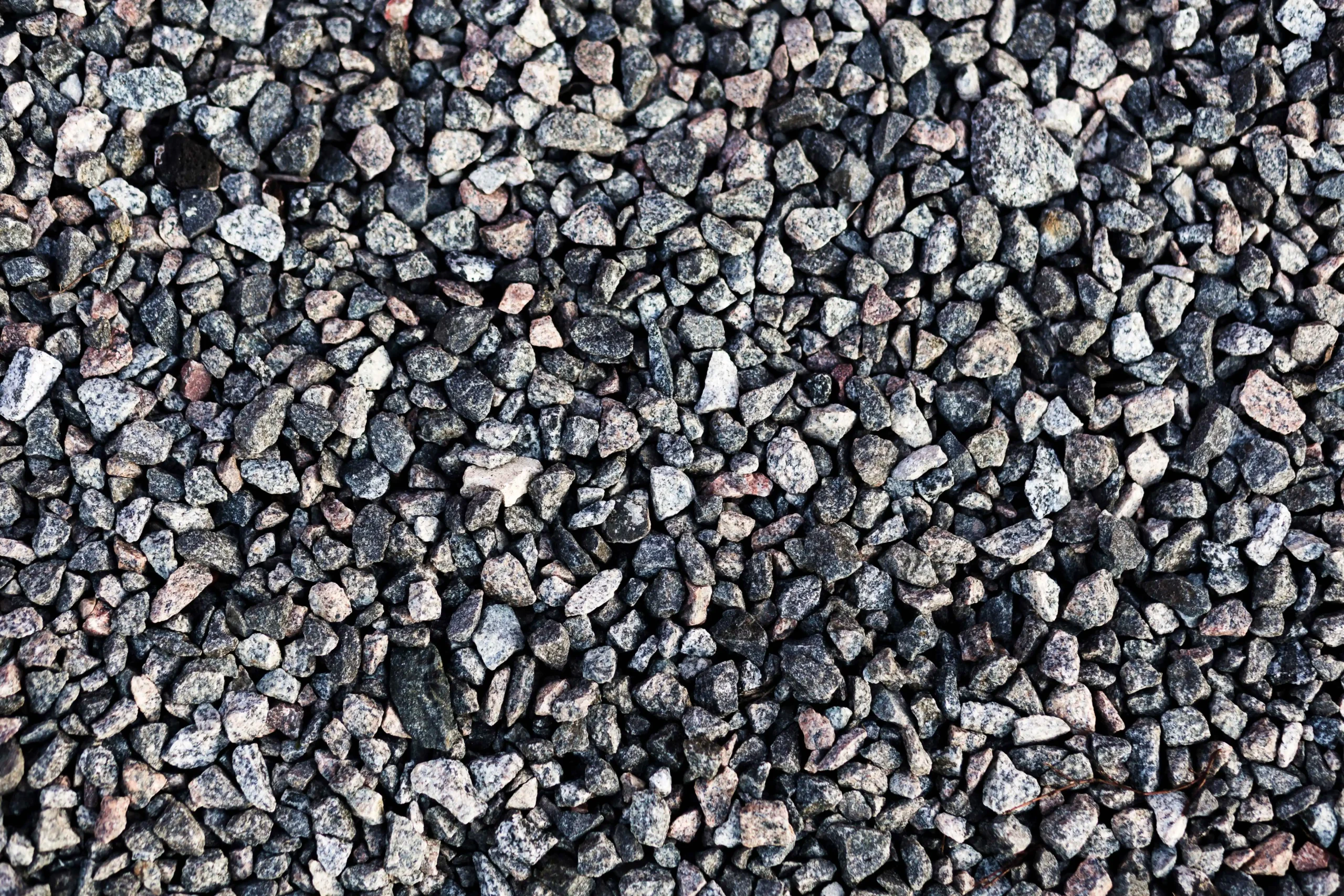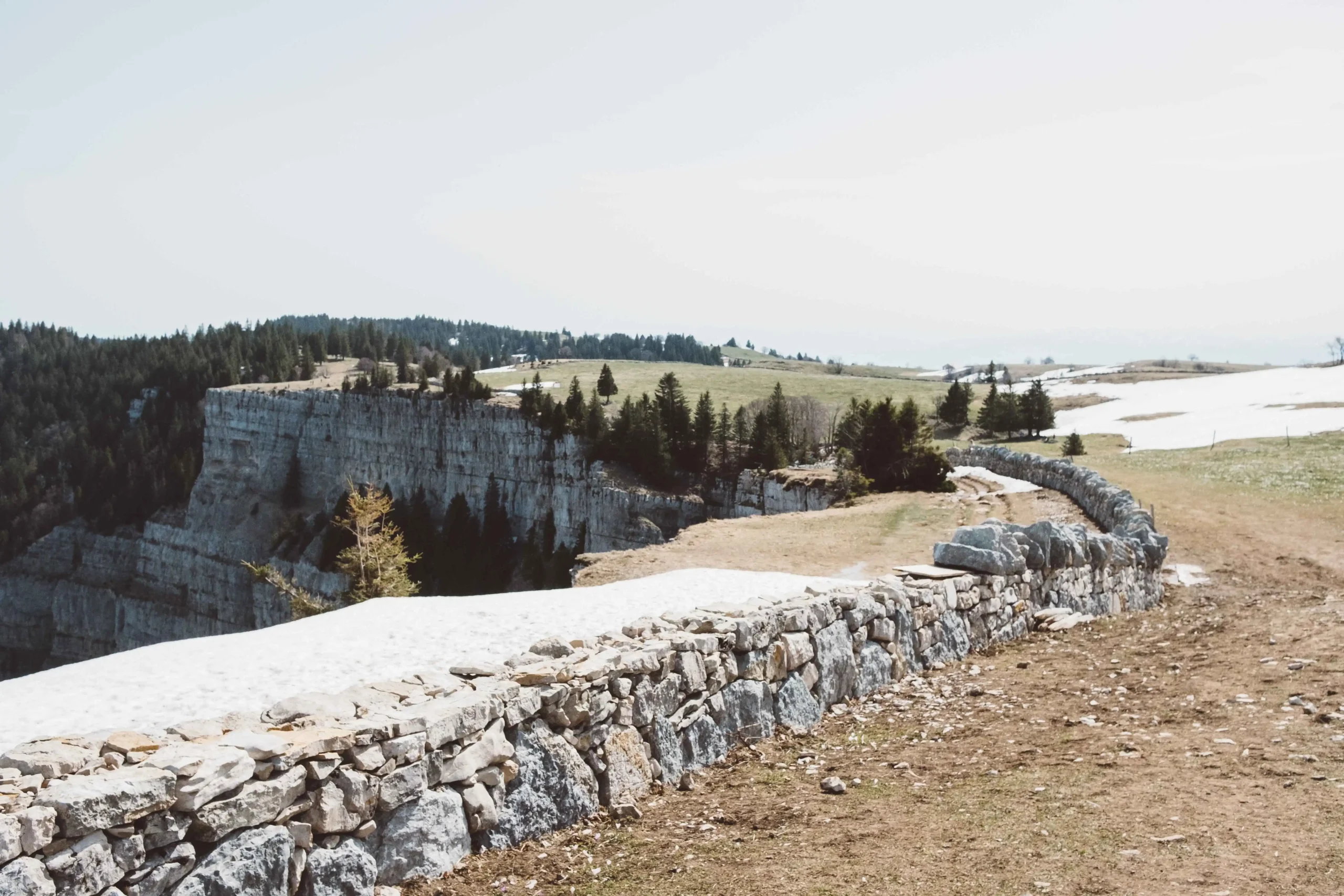Mountain artwork is a unique kind of artwork that indicates mountains’ splendor, energy, and calmness. Mountains are some of the most wonderful components of nature, known for being tall and sturdy for hundreds of thousands of years.
Many artists feel stimulated by mountains and need to capture their beauty in artwork, drawings, and other styles of artwork. Mountain artwork can make humans feel a connection to nature, even supposing they may be an extended way from the mountains themselves.
People have been growing mountain artwork for hundreds of years. Ancient human beings used to attract mountains on cave walls and pottery. Later, artists like China, Japan, and Europe started to color stunning mountain landscapes
Each artist had their very own manner of displaying mountains. Some used a variety of info to make their artwork look real, while others used simple shapes and colorations to show how the mountains made the experience. Regardless of the fashion, mountain artwork has usually been a way for humans to apprehend and admire the natural giants.
Mountains are also vital symbols in art. They frequently stand for strength, peace, or mystery. In many cultures, mountains are considered sacred, close to the sky and the gods. For example, Mount Fuji is a photograph of the splendor and strength of Japan, which appears in many Japanese artworks. In Tibet, mountains are considered holy; people recall being domestic to powerful spirits. Artists often attempt to reveal those feelings in their artwork, so while we examine mountain artwork, we can also enjoy people’s respect for these immoderate and incredible peaks.
Today, mountain art is still very well-known. Artists use all types of materials and patterns, from oil paints to digital tools, to make mountain landscapes that can be practical or dreamy. People can bring a piece of nature into their homes with mountain artwork.
Mountain artwork isn’t just about copying what a mountain looks like but also about sharing the emotions that mountains deliver—like surprise, adventure, and quietness. Whether a clean drawing or a grand painting, mountain artwork enables us to appreciate nature’s beauty and reminds us of the extraordinary ways of our international life.
Table of Contents
Historical Background of Mountain Art
Mountain art has an extended history that goes back many a few years. People have been curious about mountains for a long time, and they began drawing and portraying mountains to show how magnificent and effective they are. Mountains are large, robust, and beautiful, and artists from different times and places have desired to seize this in their artwork.
Historically, people may draw or carve mountains on rocks and pottery. These early pix were simple; however, they confirmed how many mountains were supposed to them. Mountains frequently appeared mysterious and magical, so human beings used artwork to show their appreciation for them. For example, in historical China, artists made lovely artwork of mountains. They believed that the mountains were unique and that spirits lived there. The Chinese might use ink and brushes to color tall, misty mountains. These artworks didn’t just show what the mountains were like; they showed the calm, peaceful feeling humans felt around them.
In Japan, mountains are also very vital in artwork. One of the most famous mountains, Mount Fuji, is located in Japan. Many Japanese artists cherished painting Mount Fuji because it became so unique to their way of life. Mount Fuji emerges as an image of splendor and energy. Artists used brilliant colors and particular strains to color the mountain, making it look powerful and graceful. Japanese mountain artwork continues to be cherished worldwide in recent times.
In Europe, mountain art became well-known at some point in time known as the Romantic generation, about two hundred years ago. European artists traveled to peer high mountain degrees like the Alps, which can be tall mountains.
They painted the mountains to expose their splendor and wildness. For them, mountains were symbols of journey and freedom. These artists preferred to expose how grand and compelling mountains appeared in the sky. Their artwork has been full of data, showing the rocky cliffs, snowy peaks, and sometimes even stormy clouds across the mountains.
Mountain paintings continued to increase, and through the years, humans worldwide started to attract and paint mountains in their private way. Each lifestyle had its style, but they all confirmed recognition and surprise for mountains.
Today, we can study mountain artwork from brilliant instances and locations and spot how humans from records famous the ones natural wonders. Mountain artwork lets us connect to the past and understand the power and splendor of mountains that have inspired people for a while.
Symbolism of Mountains in Art
Mountains in artwork frequently have unique meanings or “symbols.” When artists paint or draw mountains, they are no longer simply showing how mountains look; they are also showing what mountains recommend to humans. Mountains are large, tall, and strong simply, so they make humans revel in one-of-a-kind feelings. In paintings, mountains can stand for power, peace, journey, or maybe mystery.
One is not unusual; this means that mountains in paintings are strength. Mountains are sturdy and no longer alternate effortlessly, even after a few years. They stand tall in opposition to storms, winds, and time. When artists show mountains of their artwork, they might use them to show how someone or something is solid and unbreakable, like a mountain.
Mountains can also symbolize peace and calm. Many people sense calm and nonviolence once they see mountains because they are quiet and some distance away from busy cities. Artists might, in all likelihood, draw mountains with smooth coloring or mild light to offer a feeling of peace. In these artistic endeavors, mountains help people feel relaxed and connected to nature.
Another image of mountains is a journey. Mountains are excessive and difficult to climb, which allows you to symbolize traumatic situations or big dreams. When artists encompass mountains in their artwork, they probably announce that lifestyle is a journey and, now and then, a vast journey, like mountaineering a tall mountain. It takes courage and electricity to achieve the pinnacle.
Finally, mountains can also represent mystery. Some mountains are covered in clouds or mist, which makes them appear hidden or magical. Artists may additionally show mountains this way to make humans feel curious or think about unknown locations and reminiscences.
In artwork, mountains are greater than genuine landforms; they remind us of thoughts like strength, peace, adventure, and mystery. These symbols make mountain artwork specific and enormous.
Popular Styles of Mountain Art
Mountain artwork can look unique because artists use to reveal mountains. These exquisite techniques are called “styles.” Some famous sorts of mountain artwork are realism, summary, and impressionism.
In realism, artists try to make mountains look precisely like they do in real life. They upload many details, like rocks, trees, and snow. Realistic mountain art makes you feel like you’re really there, searching at the mountain. Artists use cautious shading and hues to make the mountains look very real.
In abstract mountain paintings, artists do not display all of the details. Instead, they use shapes, lines, and shades to present the sensation of a mountain. Abstract paintings no longer appear precisely like real mountains. However, they make you not forget mountains exquisitely. Artists can also use vibrant colors or smooth shapes to show the mountain’s period or splendor.
Impressionism is any other style wherein artists paint mountains shortly and gently. They do not now upload each little element but know slight and shade. Impressionist mountain artwork often appears dreamy, like you are seeing the mountain at sunrise or sunset. The colorations are probably soft and combined, giving a warm and calm feeling.
These distinctive styles allow artists to show mountains using their unique techniques. Some people like practical mountain paintings, while others enjoy the laugh of precis shapes or the slight sunglasses of impressionism. Each style enables humans to see mountains in a modern manner and feel distinct feelings after they have observed the art work.
Famous Mountain Artworks and Artists
Many artists across the arena have created lovely artwork of mountains. Some ofof their works are well-known . Theybecause capture the beauty and strength of mountains with awesome ways. Let’s observe some famous artists and their famous mountain works of art.
One of the most well-known mountain artworks is by a Japanese artist named Katsushika Hokusai. He made a portrayal called “The Great Wave off Kanagawa.” Even though this painting is of a giant ocean wave, there is a lovely mountain within the historical past: Mount Fuji. Mount Fuji is a unique mountain in Japan and may be essential to Japanese culture.
Hokusai created many works of artwork showing Mount Fuji. Because of the truth, he believed it changed into an image of splendor and energy. His artwork of Mount Fuji is cherished everywhere in the world.
In Europe, Caspar David Friedrich is well-known for painting mountains. He modified it from Germany and painted all through the 1800s. One of his famous works is “Wanderer Above the Sea of Fog.”
This painting suggests a person standing atop a mountain, looking for over clouds and different mountain peaks. The painting feels mysterious and makes humans consider life’s big questions. Friedrich’s art regularly indicates mountains as places of peace and thriller, and he made many human beings see mountains in today’s profound manner.
In America, Albert Bierstadt is a famous artist known for portraying mountains. He cherished painting the Rocky Mountains and exclusive large mountain degrees within the United States. One of his famous paintings is known as “The Rocky Mountains, Lander’s Peak.” In this painting, he suggests tall, shining mountains with a calm lake and bushes under them.
Bierstadt painted with many elements and made the mountains appear large and majestic. His artwork made humans recognize the splendor of American mountains.
Another well-known mountain artist is Georgia O’Keeffe. She distinctly painted mountains, using shiny colorations and straightforward shapes. O’Keeffe lived in New Mexico, where she painted the mountains around her home.
One of her well-known mountain paintings is “Black Mesa Landscape,” which suggests colorful, rocky hills under a large sky. Her art becamelonger realistic like Bierstadt’s. Ho;ever, it, shows the beauty and feeling of mountains in a totally particular way.
These artists—Hokusai, Friedrich, Bierstadt, and O’Keeffe—all created well-known mountain works of artwork. Artists had their style, but they all loved showing mountains’ energy, peace, and splendor. Their artwork permits humans to feel close to nature and recognize mountains from all over the globe.
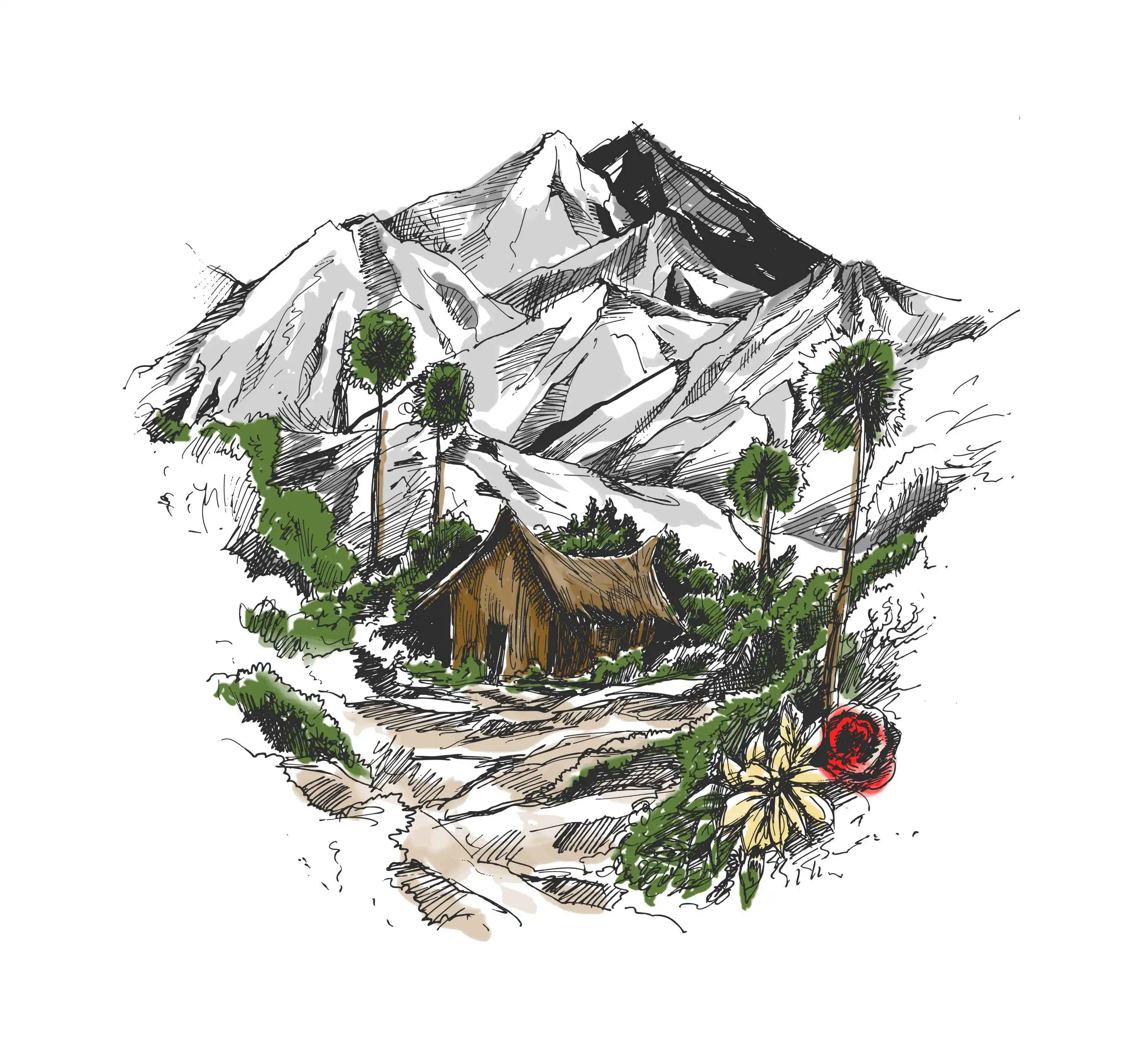
Techniques Used in Mountain Art
Artists use one-of-a-kind techniques to color or draw mountains. These strategies help them show mountains’ beauty, size, and information in unique approaches. Some artists need their mountains to look real, while others want to expose an advantageous feeling or mood. Let’s take a look at a few unusual techniques utilized in mountain paintings.
One approach artists use is known as layering. In layering, artists paint or draw in many layers, beginning with the sky and background and adding data on top. This enables display depth, which extends the mountain’s appearance away or near up.
Artists may additionally paint the base layer in light shades and upload darker hues for shadows. Layering can make the mountains look more excellent, actual, and particular, and it’s particularly beneficial in showing the layers of rock or snow on the hills.
Another famous approach is shading. In shading, artists use darker colours or add shadows to expose mild and dark regions. In mountain art, shading is important to make the mountains look three-dimensional, like they may be coming out of the paper.
Artists will shade one facet of the mountain darker to show where the daytime isn’t hitting. This gives the mountains a sense of shape and makes them appear tall and sturdy.
Blending is another method that enables mountains to appear mild and natural. Artists use blending to combine colors effortlessly, particularly in areas like the sky or snow on the mountain.
Blending ought to make clouds look fluffy, snow look soft, and the entire scene deliver a gentle appearance. Artists can mix with brushes, palms, or unique tools to create easy transitions among shades.
Texturing is a way artists expose roughness, such as rocks or cliffs on a mountain. Some artists use a dry brush to make textures, or they’ll use thick paint to create a bumpy appearance. This technique is important for displaying the hard, rocky surfaces of mountains. Texturing enables visitors to feel like they may be able to touch the rocks and experience their roughness.
Perspective is a way to expose distance and place in mountain art. Artists use perspective by making items in the foreground larger and those inside the historic beyond smaller. This makes the mountains appear like they cross on and on into the gap.
Perspective helps the viewer feel like they may be searching throughout a massive, widespread mountain range.
All the strategies—layering, shading, blending, texturing, and mindset—help artists create lovable, realistic, or emotional mountain artwork.
Each method brings a few factors unique to the artwork, making mountains appear alive, sturdy, or even mysterious. These techniques permit artists to share their love of mountains in remarkable ways.
Mediums for Creating Mountain Art
Artists use one-of-a-kind mediums to create mountain artwork. A medium is the cloth or device an artist chooses to create their artwork, like paint, pencils, or even a computer. Each medium has its own special look and enjoymentfeel, enabling artists to show mountains in precise ways. Let’s look at a few unusual mediums used to create mountain artwork.
One famous medium is oil paint. Oil paints are thick and rich and permit artists to aggregate shades easily. They dry slowly, so artists have more time to mix and create gentle shadows and highlights on the mountains. This allows them to show information, like light shining on snowy peaks or shadows on rocky cliffs. Many well-known artists used oil paints to make practical mountain landscapes.
Watercolor is another not-unusual medium. Watercolors are made by mixing paint with water, which makes the colors light and smooth. This medium is first-rate for showing mild scenes, like misty mountains or gentle clouds around mountain tops. Artists can use watercolor to create layers that look mild and be aware-via. Watercolors dry rapidly, so artists can boom layers to expose depth and distance.
Acrylic paint is also applied in mountain art. Acrylics are vibrant and dry quicker than oil paints, making them smooth to paint with. Artists can use thick acrylic paint to add texture, making the mountains look difficult or bumpy, like rocks. Acrylics are outstanding for colorful and bold mountain scenes.
Charcoal and pencils are drawing mediums that also paint nicely for mountain paintings. Charcoal gives darkish, rich traces, which assist in displaying shadows and information on mountain cliffs. Pencil drawings can be very particular, showing every small line in the rocks.
Artists can also color with charcoal or pencils to make mountains look three-dimensional and practical. Charcoal is messy but creates a dramatic effect, while pencils permit extraordinarily first-rate information.
Digital artwork is a modern medium that many artists use today. Digital artists use a tablet and computer to draw or paint mountains. They have distinct digital brushes to create all types of textures, like tough rocks or clean clouds.
Digital artwork allows artists to experiment with colors, layers, and outcomes quickly. They ought to make mountains look realistic or very modern, with shiny colors and unusual patterns.
Some artists even create mountain artwork with mixed media, which means that they use multiple mediums collectively. For instance, an artist might use watercolor for the sky and acrylic paint for the mountains, or they could upload ink outlines on the pinnacle of a painted scene. Mixed media could make mountain paintings look exciting and precise.
Each medium—whether or not or no longer it’s oil paint, watercolor, acrylic, charcoal, pencils, virtual paintings, or combined media—gives mountain paintings a perfect appearance. Artists pick out their medium primarily based on the style and feel they need to create. This range makes mountain artwork interesting and indicates mountains in all forms and lovely strategies.
Mountain Art and Nature Conservation
Mountain art does not quite show the beauty of mountains, but it can moreover help human beings think about shielding nature. When artists paint or draw mountains, they show how lovable and vital the locations are. This could make people want to protect mountains and nature from things like pollutants, deforestation, and climate change.
Many artists choose to shade mountains because they may be precise additives of the Earth. Mountains provide homes for many animals and flowers. They also help manage the climate and provide easy water. When people see how incredible mountains look in art, they may feel a stronger connection to them and recognize why it is important to preserve them.
Some artists use their mountain artwork to tell memories of how nature is being harmed. For instance, if a mountain is blanketed in pollutants or animals are losing their homes, artists could show that during their artwork. These works of artwork could make people feel sad or involved, and it could inspire them to do so. By displaying nature’s beauty, mountain art reminds us of how vital it is to defend it.
Many artwork programs assist growth coins for nature conservation. Some artists create unique mountain artwork and sell it to raise money for companies that guard the surroundings. The cash helps resource projects that prevent pollutants, plant timber, and maintain animals’ houses.
In conclusion, mountain art can be a powerful way to raise awareness about protecting nature. It reminds people how lovely the Earth is and how critical it is to care for it so future generations can enjoy mountains and nature.
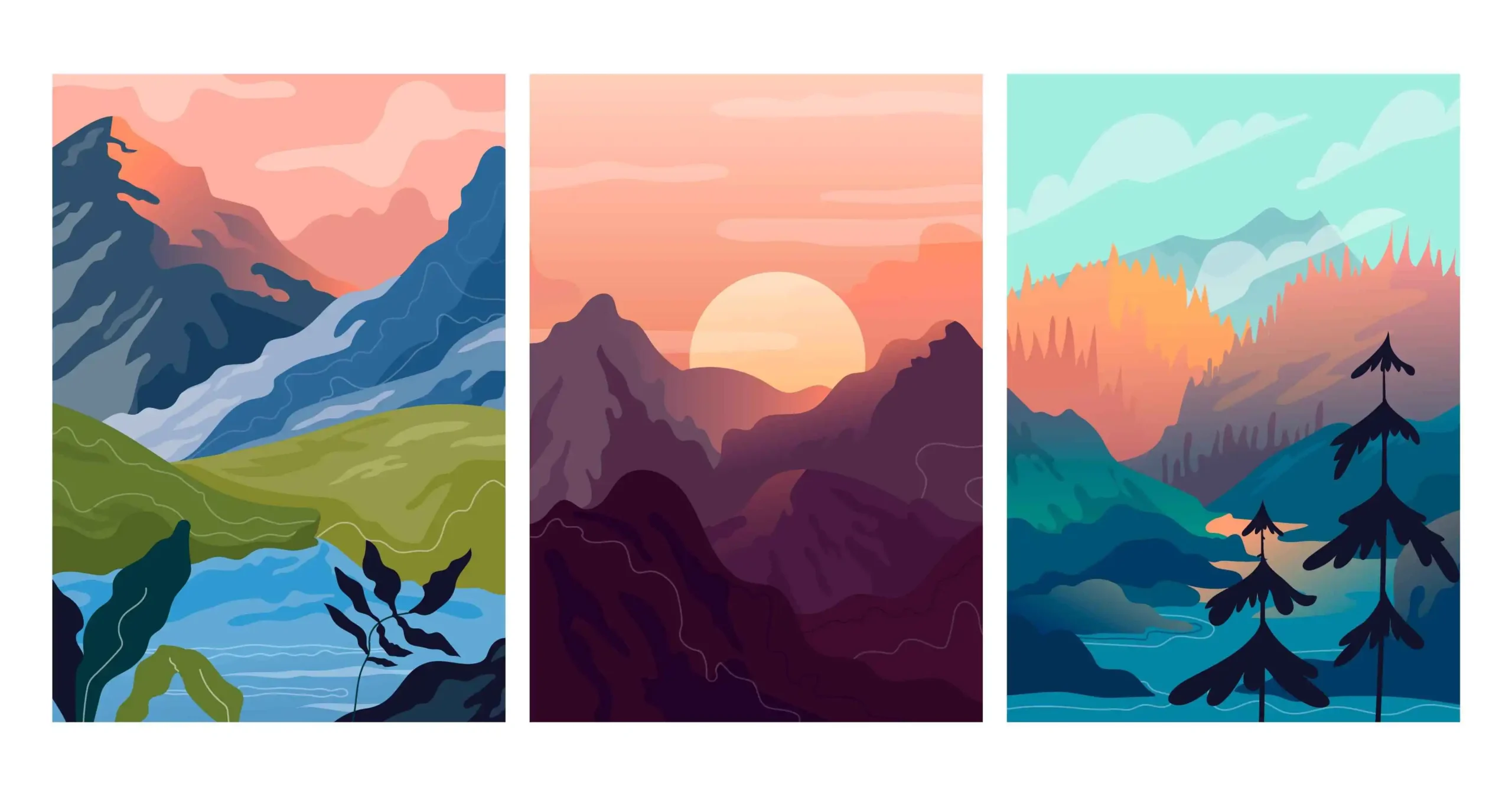
Mountain Art in Modern Times
Mountain artwork remains very famous nowadays. Many artists continue to color and draw mountains, but now use unique tools and patterns. Some artists nevertheless paint mountains much like the vintage artists did, with oil paints or watercolors, while others use new devices like laptop systems to create their paintings.
In cutting-edge instances, artists like to reveal mountains using many techniques. Some use vivid colorations and simple shapes to make mountains appear amusing and exciting. Others use digital tools to make artwork that appears easy to create. Digital artists can create mountain scenes on a laptop, using unique brushes and tools that deliver the art a particular appearance.
Many artists nowadays also care about the environment and how vital it is to protect nature. They use mountain artwork to show how lovely mountains are and why we should keep them secure. Some modern artists paint mountains with melting snow to show the effects of climate change. This helps people see that mountains and the Earth need safety.
Mountain art in modern-day times is complete with creativity. Artists preserve locating new processes to expose the splendor of mountains and remind us to take care of our planet.
DIY Mountain Art Projects for Readers
Making your own mountain art may be fun and easy! Here are a few easy thoughts for DIY mountain artwork tasks you could try at home.
- Mountain Silhouette Art: For this undertaking, you want a bit of paper, a little paint, and a black marker. First, paint the historical past of your paper with smooth colorings like blue, purple, or yellow to make the sky. Then, use a black marker to attract the form of mountains at the bottom of your paper. You could make the mountains tall and pointy or clean. This art appears terrific as an easy mountain scene!
- Collage Mountain Art: For this assignment, you’ll want magazines, scissors, and glue. Cut out pictures of mountains, timber, and exclusive nature scenes from magazines. Then, glue those snapshots onto a chunk of paper to create your private mountain scene. You can blend extraordinary pictures to make a beautiful landscape with colorful mountains and timber.
- Salt Painting Mountain Art This challenge is amusing and smooth! You want watercolor paints, paper, salt, and a paintbrush for this. First, use the paintbrush to shade a mountain scene on the paper. While the paint continues to be moist, sprinkle salt on the painted area. The salt will make cool textures and patterns on your mountain art. Watch because the salt modifies the paint and makes your mountains look better.
Conclusion and Reflection
Mountain artwork could be particular. It shows how cute and robust the mountains are. Artists have used mountains in their art for a long term. They paint mountains to reveal how they experience nature. Some artists use real colors and shapes, while others make the hills look one in all types and fun with brilliant sun shades.
Mountain artwork can make us revel in many things. It may make us feel nonviolent, excited, or even curious. When we examine mountain artwork, we see how vital it is to attend to nature. Mountains supply us with smooth water, fresh air, and homes for animals. It is critical to defend them.
Today, humans nonetheless make cute mountain artwork. Some artists paint mountains using shades that show the beauty of the land. Others use new gear, like pc structures, to create their artwork. Regardless of how artists create their mountain artwork, it constantly reminds us to appreciate and care for nature.
At the stop, mountain art allows us to see the arena in a particular manner. It helps us recognize nature’s beauty and why we must shield and protect it for everyone.
How can Mountain Art influence the atmosphere of a room?
Mountain art can transform a space by bringing the tranquility and awe-inspiring presence of nature indoors. It can evoke feelings of peace, adventure, and inspiration, making it ideal for places like living rooms, offices, and bedrooms.
Is Mountain Art only for nature lovers?
While mountain art is a favorite among nature enthusiasts, it appeals to anyone who appreciates dramatic landscapes, serenity, and the majesty of the natural world. Even those who don’t have a specific love for mountains can be drawn to the stunning beauty captured in mountain art.
What are some popular styles in Mountain Art?
Mountain art comes in a variety of styles, from realistic depictions of towering peaks to abstract representations that capture the essence of mountain landscapes. Popular styles include impressionism, realism, watercolor, oil painting, and digital art.
Can Mountain Art be used in modern décor?
Yes, mountain art can complement modern décor by providing contrast to sleek, minimalist design. Whether framed as a large statement piece or displayed as a series of smaller works, mountain art adds a natural touch that balances contemporary interiors.
Does the size of the mountain art piece affect its impact?
Yes, the size of the artwork can significantly impact the room's feel. Large mountain art pieces can dominate a space, creating a bold focal point, while smaller pieces can add subtle depth and character. The choice depends on the ambiance you want to create.
How do you choose the right Mountain Art for your home?
When selecting mountain art, consider the color palette of your space, the style of the room, and the emotions you wish to evoke. You can choose realistic depictions for a serene vibe or more dramatic, abstract pieces for added intensity and power.
Can Mountain Art have negative symbolism?
While mountain art is often associated with peace and strength, it can also evoke feelings of isolation, harshness, or challenge. Some mountain scenes may symbolize struggle, hardship, or the untamable force of nature, depending on the artist's perspective and choice of colors and composition.
Where can I find authentic Mountain Art?
Authentic mountain art can be found in galleries that specialize in landscape or nature-themed works. Online platforms, local art fairs, and even national parks’ gift shops often feature original pieces by local artists.
